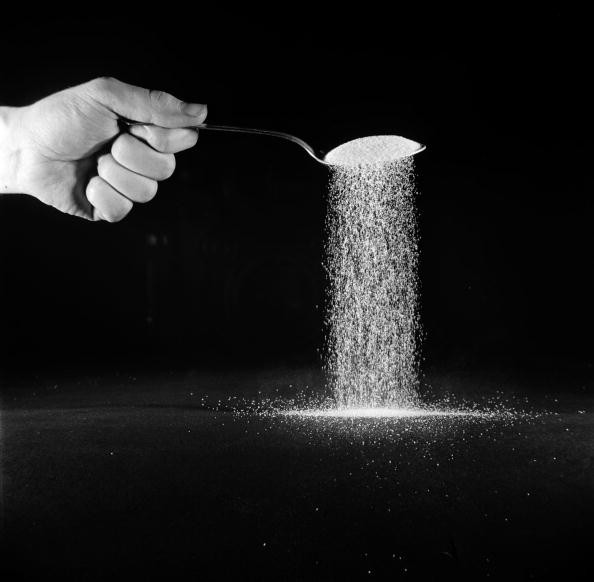
When mice that were fed diets with two different types of sugar in doses proportional to what many people eat, researchers found that the mixture of fructose and glucose in high-fructose corn syrup was more unhealthy than sucrose, or regular table sugar. The fructose-glucose diet reduced both reproduction and the lifespan in female mice compared to sucrose diet.
This finding is evidence that there is a difference between high-fructose corn syrup and table sugar in doses relevant to humans, according to Wayne Potts, a professor of biology at the University of Utah and a lead author of the study.
The study found no difference in survival, reproduction, or social behavior in male mice that were fed either the fructose-glucose or sucrose diets. However, the researchers noted that this may mean that both sugars are equally bad for male mice.
Both high-fructose corn syrup and table sugar contain roughly equal amounts of fructose and glucose. But in corn syrup, they are separate molecules called monosaccharides. Sucrose or table sugar is a single-molecule disaccharide compound formed when fructose and glucose bond with each other.
The new study compared two groups of mice that were fed a healthy diet with 25% of calories from processed sugars, with one group getting a mix of fructose-glucose and the other group getting sucrose. Female mice on the fructose-glucose diet had death rates 1.87 times higher than females on the sucrose diet. They also produced a little over 25% fewer offspring.
Potts and his colleagues have been using a sensitive toxicity test in mice that they say detects health effects missed by conventional testing. The mice they use are a wild-type rather than white lab mice. After 40 weeks on either of the sugar diets, the mice lived in enclosures where they ate the fructose-glucose diet and competed for food, territory, and mates like mice in the wild.
The safety of fructose and sucrose had been debated for several years because of the large increase in the incidence of diabetes, obesity, and metabolic syndrome conditions that has occurred since the 1970s. This increase had coincided with a general increase in consumption of added sugar in processed foods and with a move to using fructose-glucose as the main form of added sugar.
The study was published online in The Journal of Nutrition.



